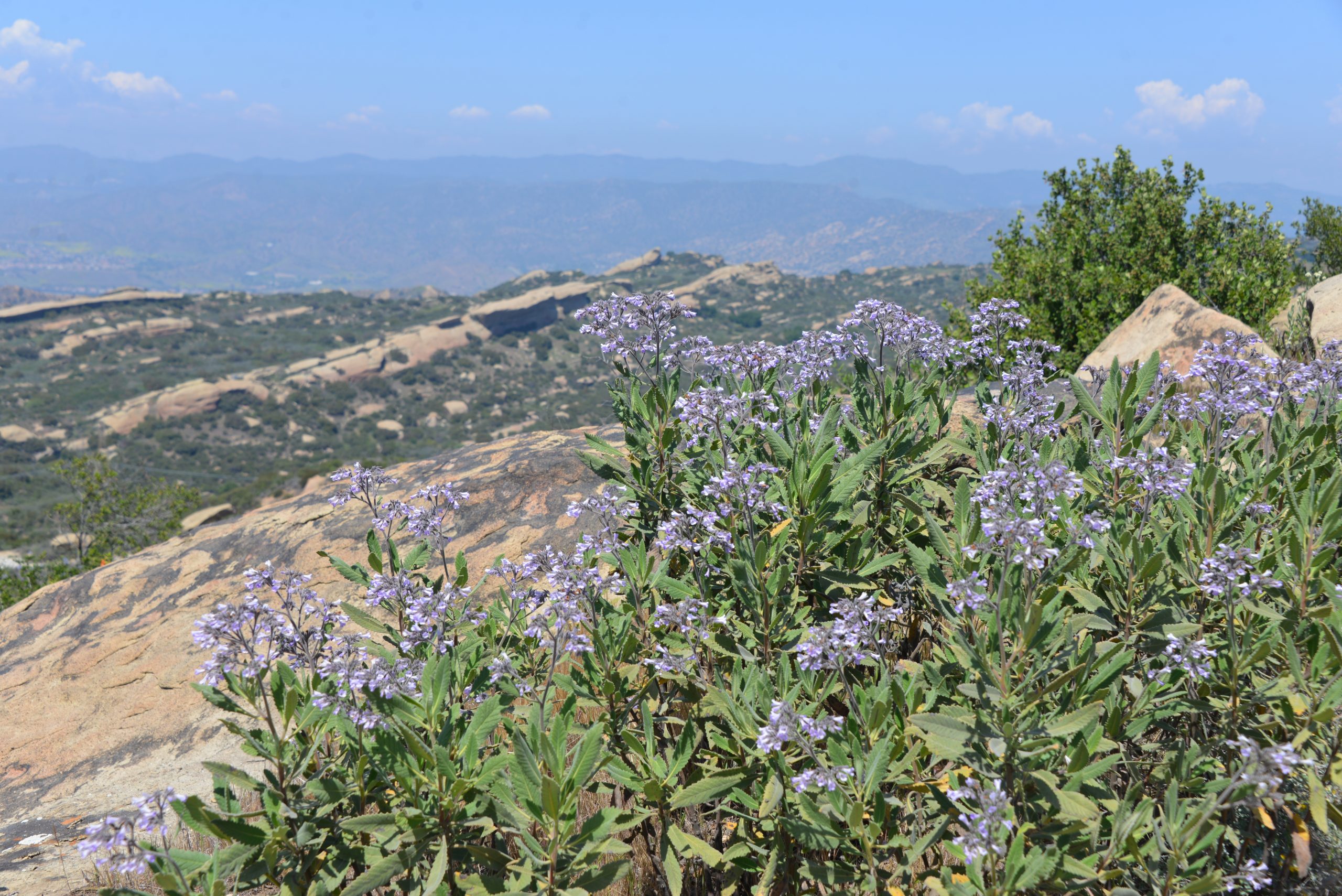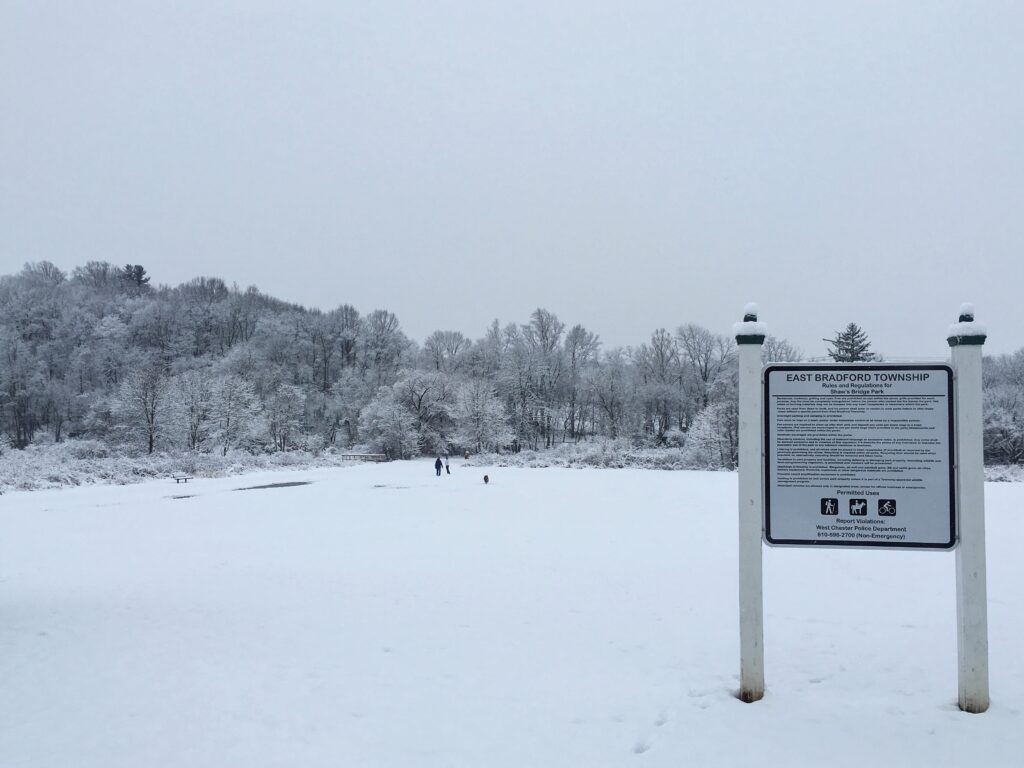Authored by Laura Sylvester, NALT Legal Manager
Unlike most of my fellow coworkers, a typical workday for me is in our Chadds Ford office, usually at my desk. Now don’t get me wrong, I absolutely love my job and I am well-suited to it, but sometimes I find myself longing for a day in the field; trading my papers and files and computer screens for flowering meadows, birds, and big skies. I think most of us office-dwellers feel that way though. So, whenever there is a chance to get myself away from legal documents and out in the sunshine, I jump at it!
Also unlike my fellow coworkers, air travel isn’t commonplace in my everyday life and so for me, the journey to even get to the field is often as interesting and exciting as actually being out in it.
My recent trip to Santa Susana was no different. While the birds and the sun were still asleep, my Lyft driver, Wilson, pinged me that he was waiting for me outside. It has been many years since I have spoken Spanish with any sort of regularity, and discovered the truth in the saying “if you don’t use it, you lose it”, as Wilson and I conversed in (broken) Spanish as we made our way to the airport. His patience with me while my un-caffeinated brain tried to remember how to think in another language was vast and very much appreciated! We made it to the airport without incident, and I was off to make my way through security. Air travel, I have found, is a whole lot of “hurry up” and then “wait”.
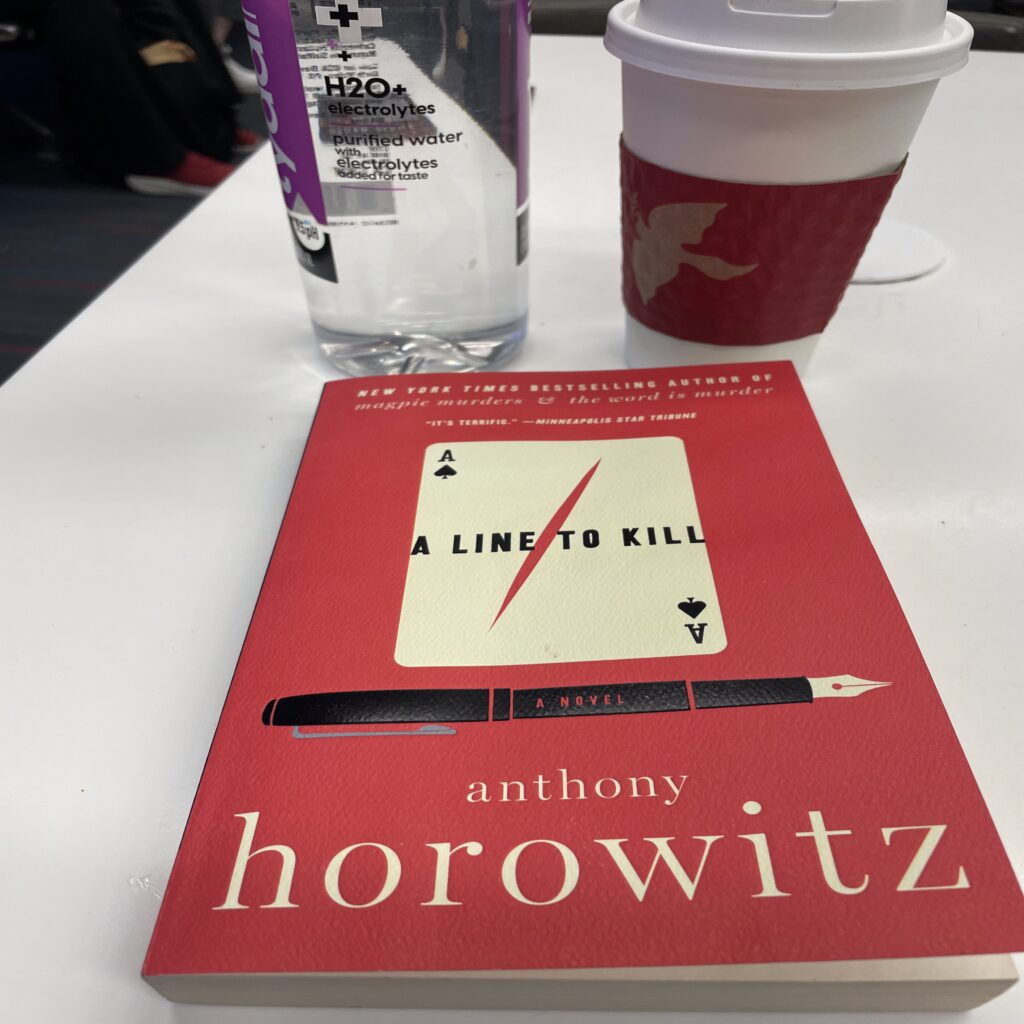
Thankfully, I already had a good book with me to help me pass the time, and the airport had coffee and caffeinated options for days, so the waiting part wasn’t so bad. It also gave me a chance to observe the different personalities on display at the gate. The folks who, at 4 something a.m. on some random Thursday, decided to sprint to their gate are somewhat of a marvel to me, I admit. I suppose sometimes that’s unavoidable, but that’s a level of stress and panic that I’d like to avoid if at all possible.
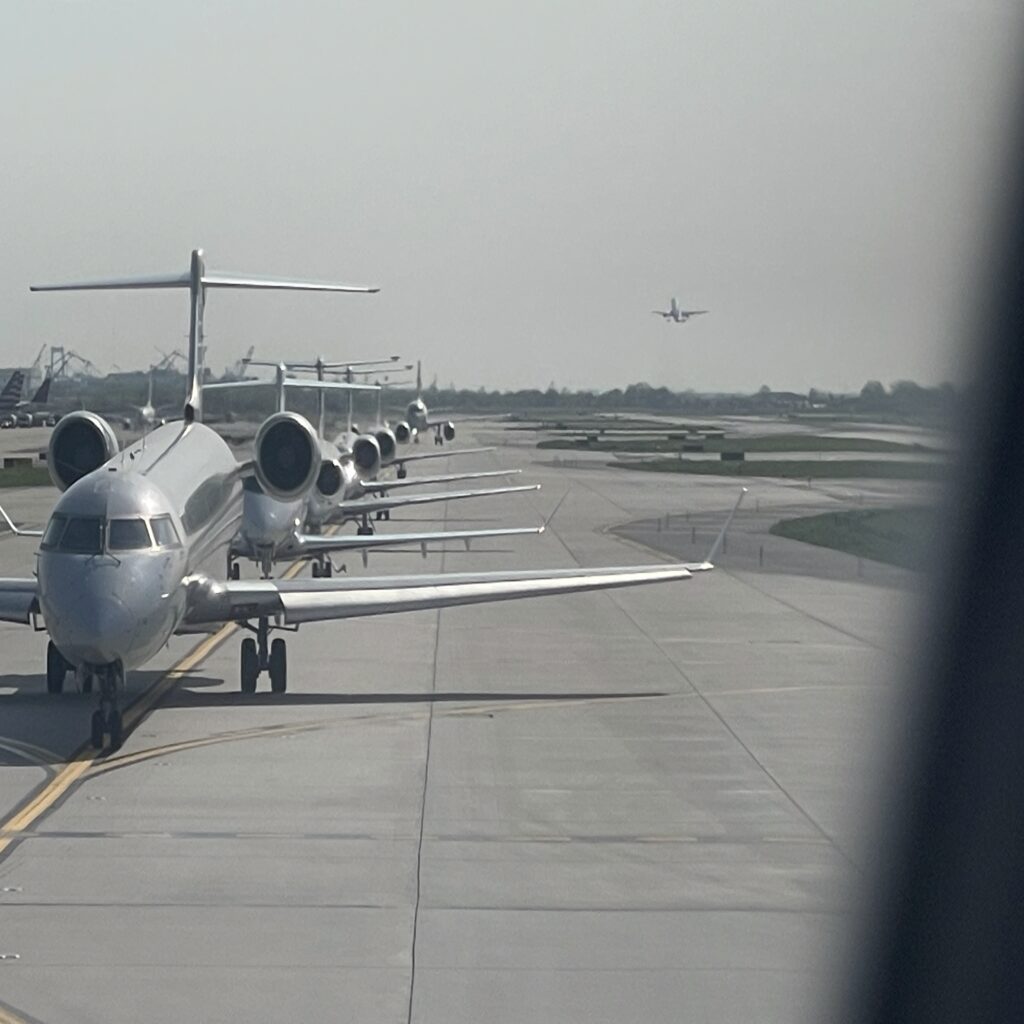
While I had anticipated waiting at the gate, I was not as prepared for the waiting on the runway. THAT is what a traffic jam on the runway looks like! I don’t know, but I sure hope that isn’t something a traveler sees every day. NALT’s headquarters is about an hour away from Center City, Philadelphia, but sometimes it feels like we’re located in an entirely different state. The flight was just like any other cross-country flight, I imagine. There was some turbulence, a lot of cloud cover, but only in some places, and interesting views and patterns on display whenever
The flight was just like any other cross-country flight, I imagine. There was some turbulence, a lot of cloud cover, but only in some places, and interesting views and patterns on display whenever I looked out of my window be it cloud covered or not. The picture to the left is one of those interesting patterns. If you, dear reader, are one of the folks who was lucky enough to be alive during the peak popularity of the arcade, you might remember the joys of the game Pac-Man and Mrs. Pac-Man. I LOVED those games when I was younger and very much to my surprise (and my ignorance) I saw many Pac-Mans on display before me as I gazed out of my window. I took way too many pictures of these patchwork squares and made a mental note to quiz Wyatt when I saw him. Wyatt Moyer, NALT’s Environmental Scientist who would be doing all the hard field work on this trip, was going to meet up with me later to plan the following day’s itinerary, etc. When we finally did meet up, he patiently explained to me that these circles are referred to as “center pivot irrigation farming”. A farmer might opt for this type of irrigation for a number of reasons, but one benefit of this type of irrigation system is its efficient use of water while optimizes a farm’s yield. I wasn’t even 5 hours into my trip at this point and I was already starting to learn new things!
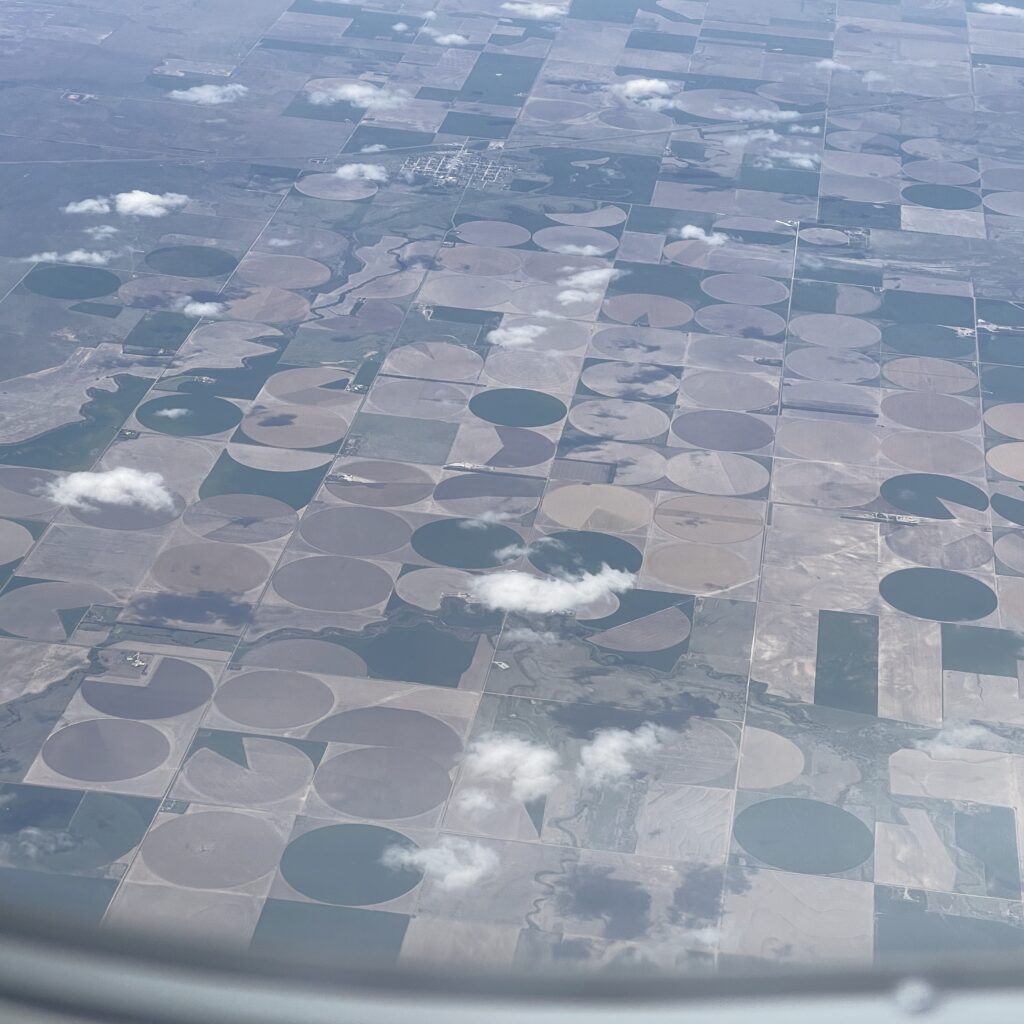
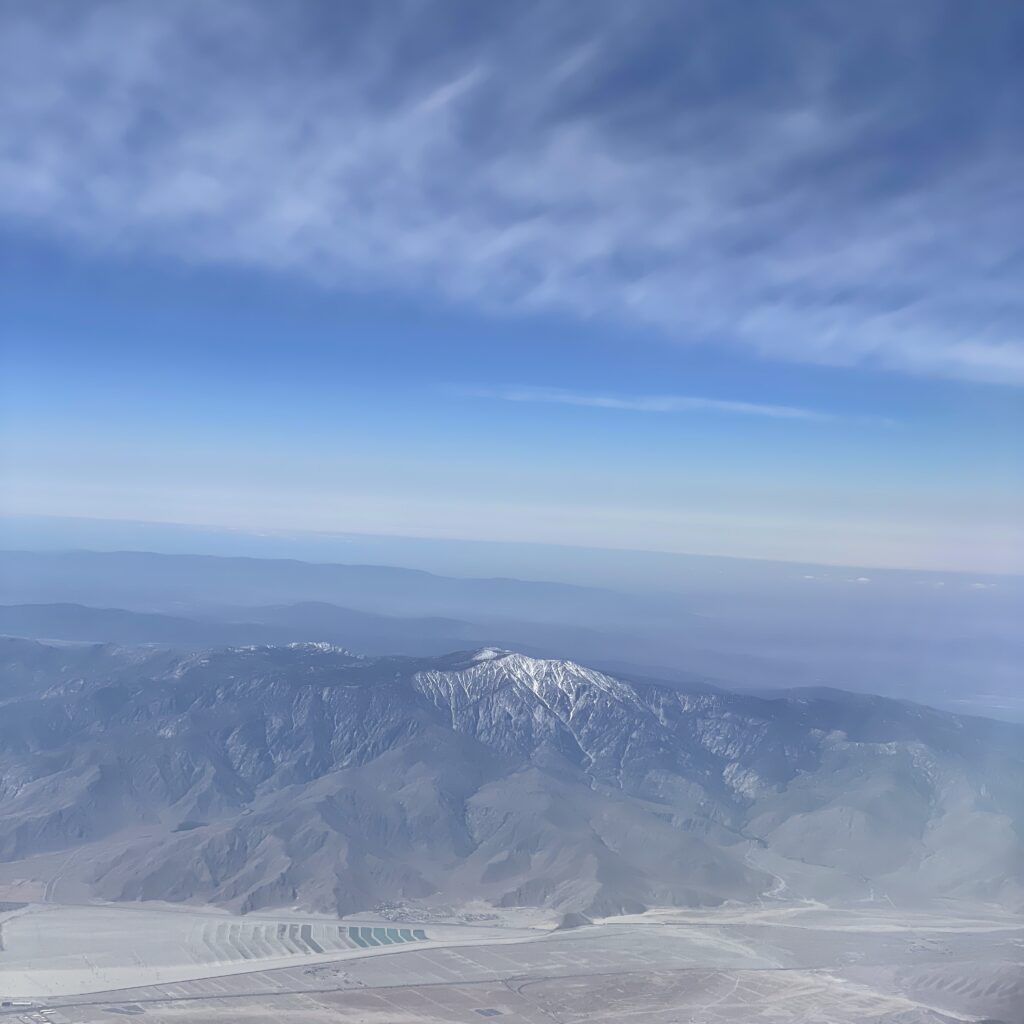
The rest of the plane journey went smoothly. I was really hoping we would fly over a bunch of snow-capped mountains, but I only saw this one – just outside of the airport as we were making our approach to Los Angeles, stood this lone snow-capped beauty.
How different this landscape is to the one I just came from! I wondered, as I stared out of my window, what our Southeast Program Manager and Biogeographer, Williams Gandy, would tell me about this mountain. “He’d probably know how it was formed and what kind of rock it was made out of and roughly how old it was.” I thought to myself. “I wonder if when he’s just out and about with friends or family in his car if he just blurts out facts like that. If I knew that kind of stuff, I’d probably do that.”
The nightmare that is the Los Angeles airport complex and the absolute horror of navigating it and its rental car system, I shall spare you. Suffice it to say, I was overjoyed to see it grow into a distant memory in my rental car’s rearview mirror.
I grew up in a beach resort town in the very south of New Jersey (a fact which I’m sure by now my co-workers are weary of being reminded). The landscape in which we grow up shapes us just as much as the people and circumstances around us. I am no exception to that rule. It would take me too long to explain to you just what the ocean means to me and what it does to me. The one thing I will tell you about my relationship with the ocean is that it is one of, if not the, biggest reasons I work in conservation. Knowing that, it should be no surprise that I took a detour to the Pacific Coast Highway near Malibu on my way to Simi Valley.
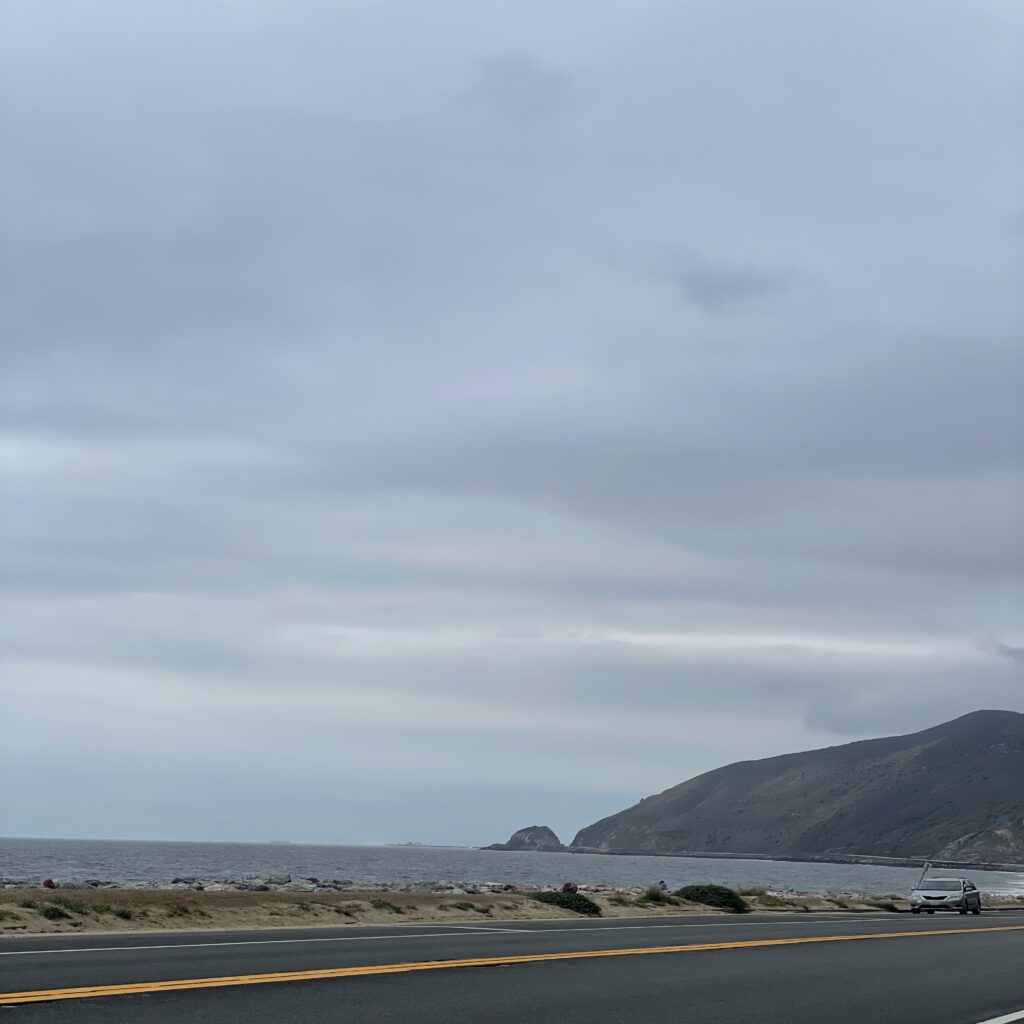
You may look at these photos above and think “Ugh! How dreary for ‘sunny’ California!”, but to me, it was absolutely perfect and couldn’t have been more beautiful! To my surprise, I could smell the sea and taste the salt on my lips! The last time I found myself in such proximity to the Pacific Ocean I couldn’t. The salinity is higher in the Atlantic Ocean and so you’re more likely to taste the salt on your lips and smell the saltiness of the sea on the East Coast than you are the West (or so I have been told).
From here, I drove to the hotel in Simi Valley and tried to get myself settled in and ready for the following day. A rather persistent beeping noise (that I swear sounded exactly like the beeps of a bomb’s countdown in a Hollywood blockbuster) was coming from somewhere near the bed. The manager sent a maintenance technician to my room to see to the problem. My day started in broken Spanish and, on the other side of the Country, it was ending many hours later in broken Spanish! Having fixed the problem, he wished me a good night and left me in beep-free silence.
I don’t know what I expected when I arrived at the gate of the Santa Susana Field Laboratory, but I’m fairly certain that coyotes “talking” to each other on a densely foggy morning wasn’t on the list. Wyatt drove us to the gate, having been here before and knowing the ropes, but as we approached the gatehouse, what sounded like a group of coyotes started howling out of sight just behind the fence lining the entrance road. Wyatt drew in a breath to speak, but his thought was interrupted by another group of coyotes howling “back” to the first group, also just out of sight behind the fence lining the side of the entrance road directly across from the first group. Wyatt can corroborate this, but I am pretty sure my face lit up like a Christmas tree from pure delight when we heard this exchange. “Coyotes,” said Wyatt, “that’s a first for me!” I could see that he, too, was delighted by our greeting. We received our badges permitting us to be on the site and turned from the gatehouse to walk back to our vehicle when a California quail (Callipepla californica) ran across the road. I don’t know if you have ever had the chance to see a California quail run, but the movement definitely has some comedy in it, and I absolutely did chuckle as it zoomed across the road. Unfortunately, I wasn’t prepared for such a greeting by the local wildlife and left my camera and phone in the car!
After meeting with representatives of the landowner who I had only met virtually before, Wyatt and I grabbed our gear and piled into Senior Project Manager/Biologist, Chris Dunn’s truck.
What a dramatic way for me to view this property! The fog was dense and limited our visibility, forcing my focus to the things closest to me. It was like the Santa Susana Field Laboratory site was allowing me to get to know them a little bit at a time.
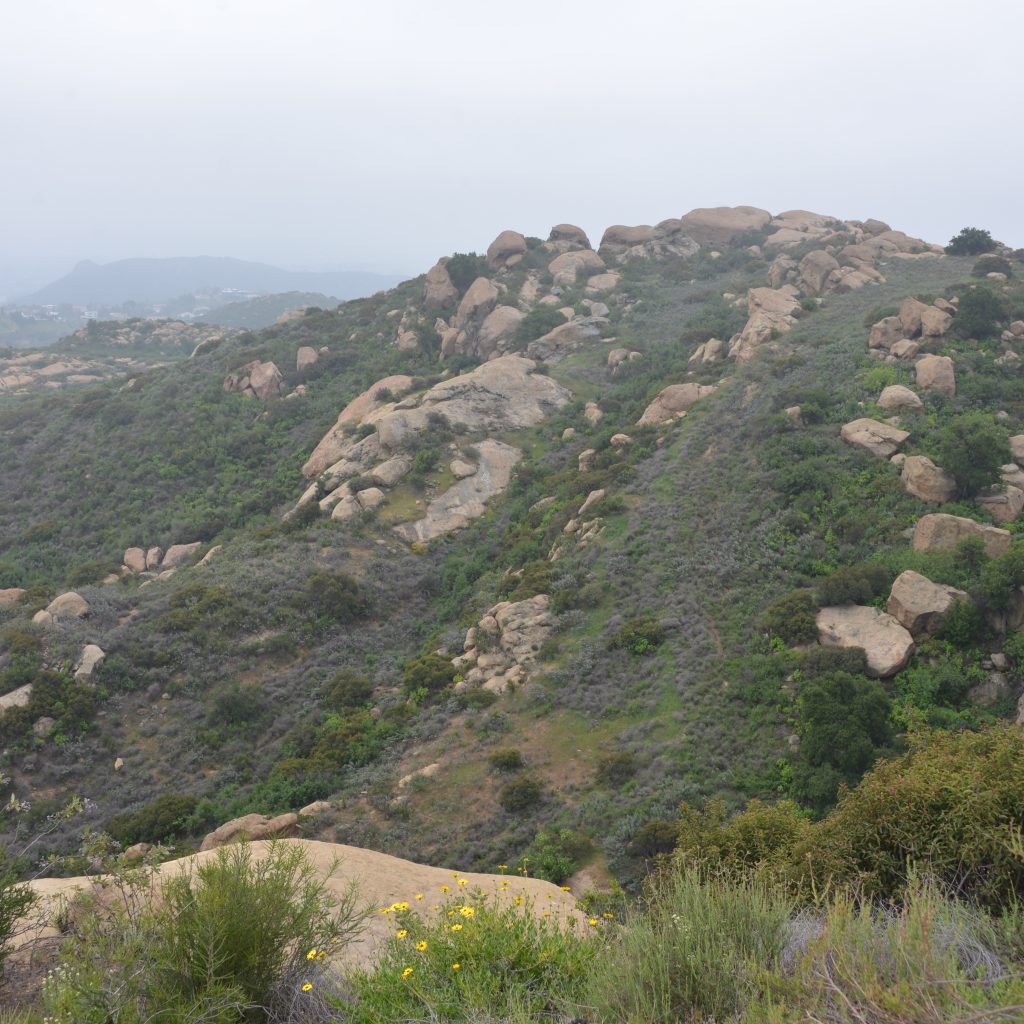
The rock formations that exist on the site are incredible. I remarked from my seat in the truck, “Oh! There’s a face in that rock up there!” Chris explained that the longer we were out on the land, the more and more we would see in the rocks and he wasn’t wrong. Faces, birds, lions, mountain lions, all these different shapes and patterns would pop out to me the longer I looked at the rocks. What shapes or faces do you see in this rock?
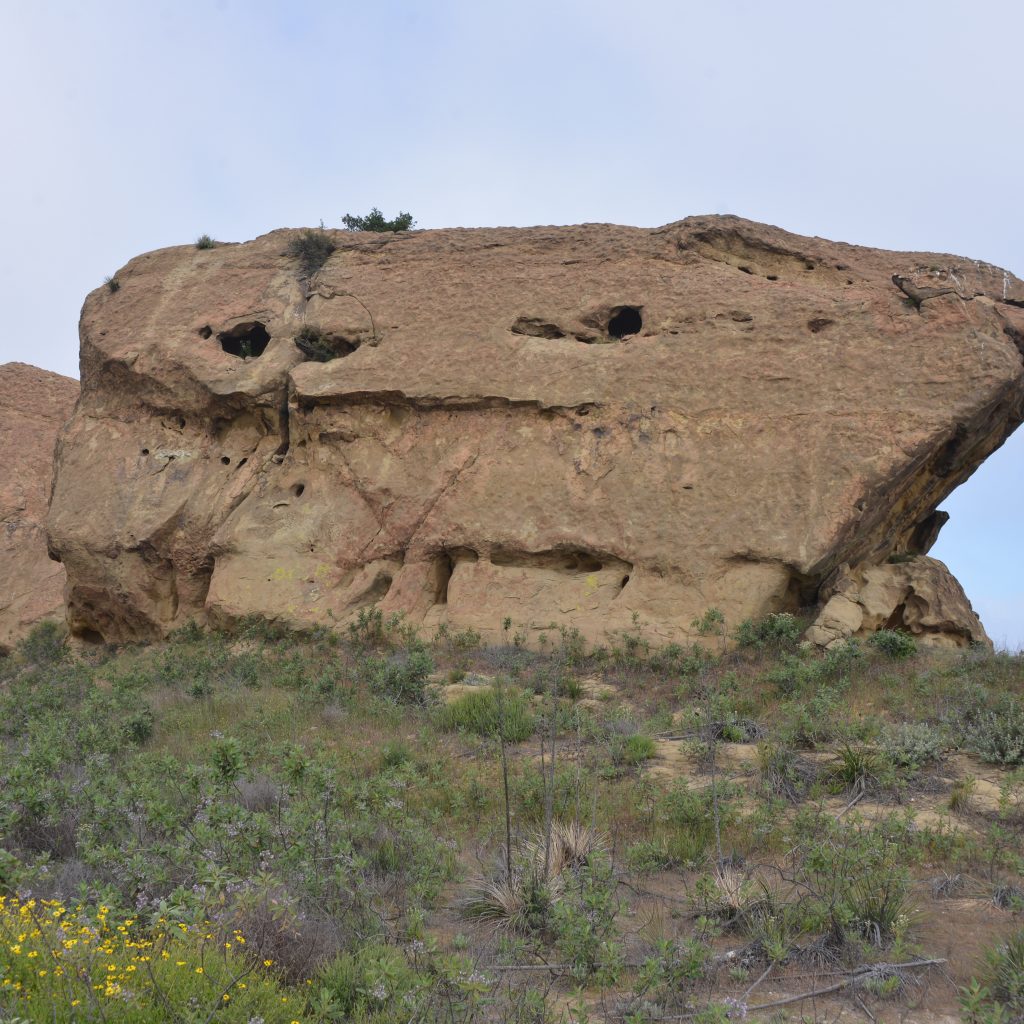
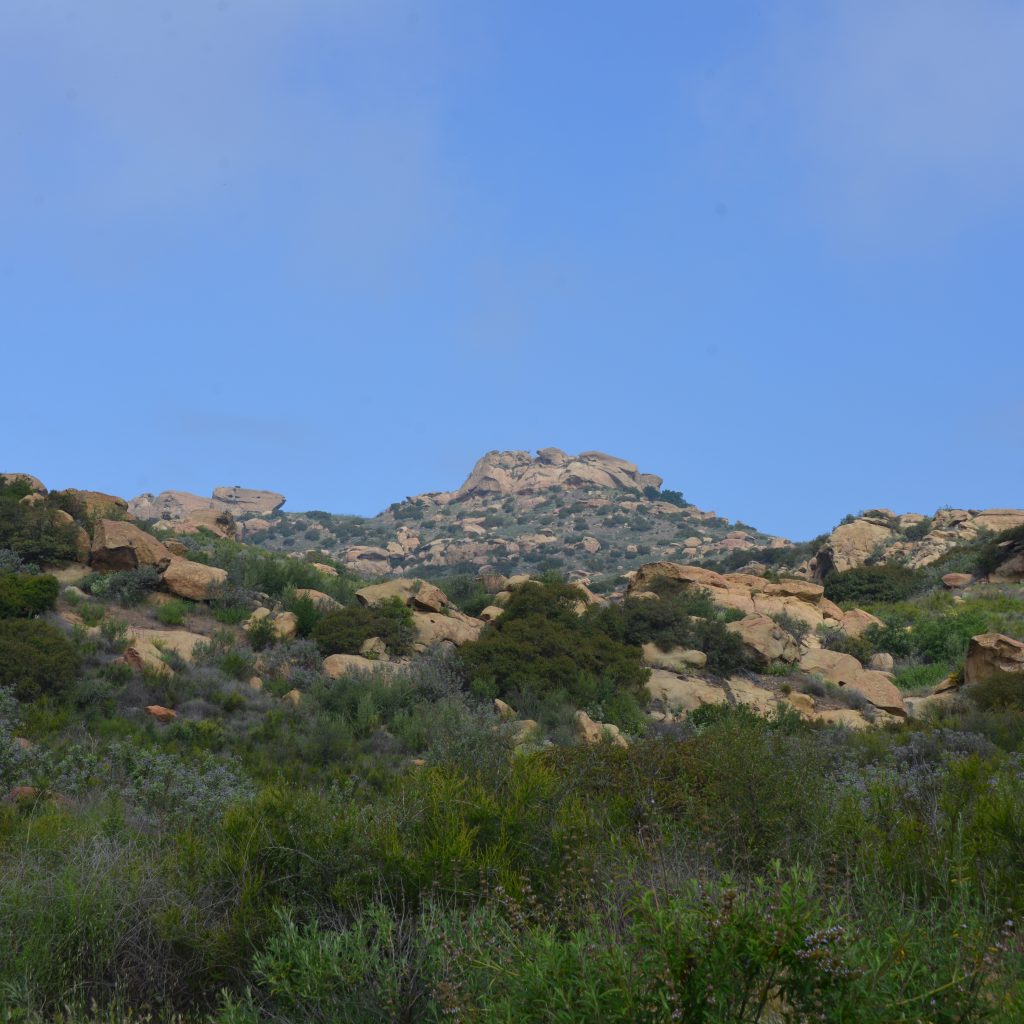
Slowly, the fog started to burn off, and we could see further into the distance. Springtime in the hills of Simi Valley brings out beautiful flowers, just like spring on the East Coast, and we certainly saw some really pretty ones! Sometimes, they were just a weed, and fairly ubiquitous to the area, like the pretty little light purple flowers shown below.
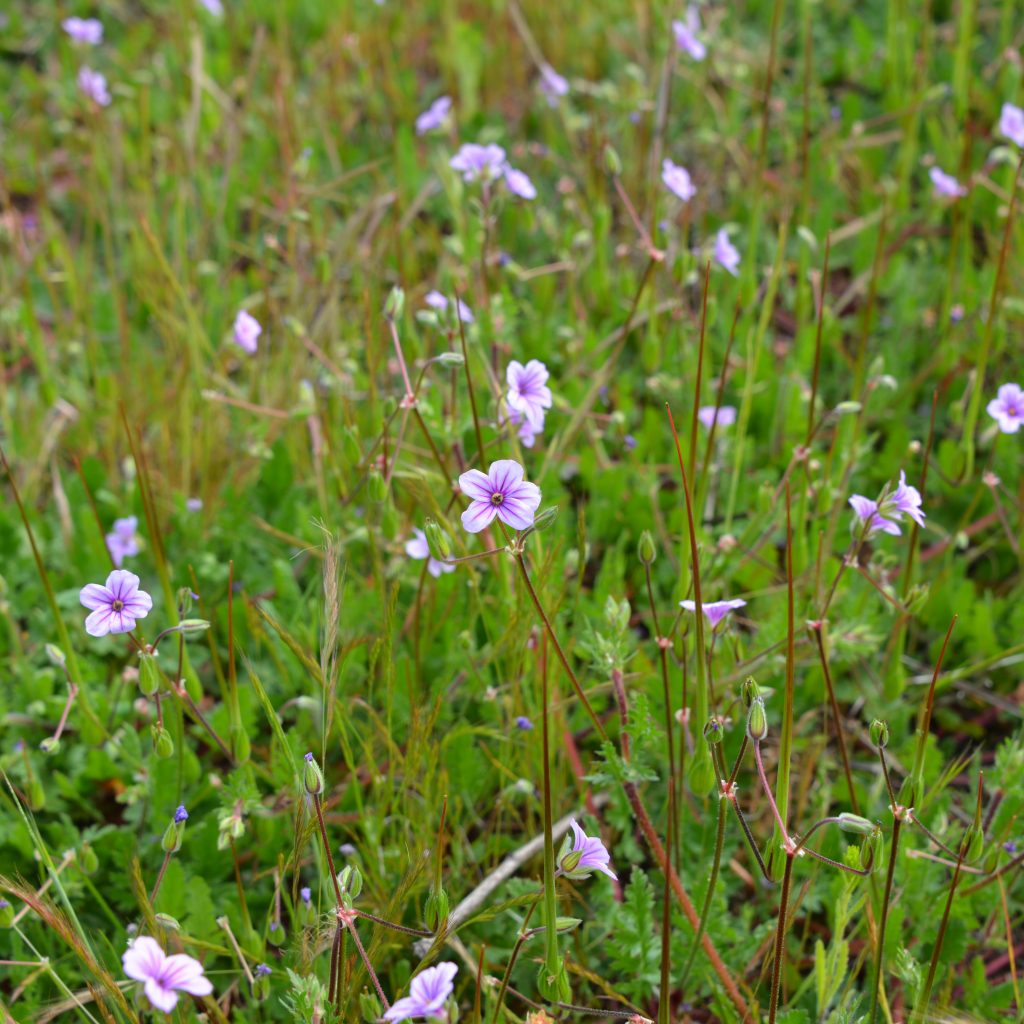
And sometimes, they were stunning natives, like this morning glory and sunflower. We were lucky enough to see flowers and plants that require the specific climate, landscape, and habitat that the Santa Susana site has in order to thrive like these monkey paw and tar plants. Fun fact about the tar plant, when you rub its leaves between your fingers and then smell your fingers (like you would do with rosemary or lavender that you might find in a garden), it smells a whole lot like a Red Bull Energy Drink!
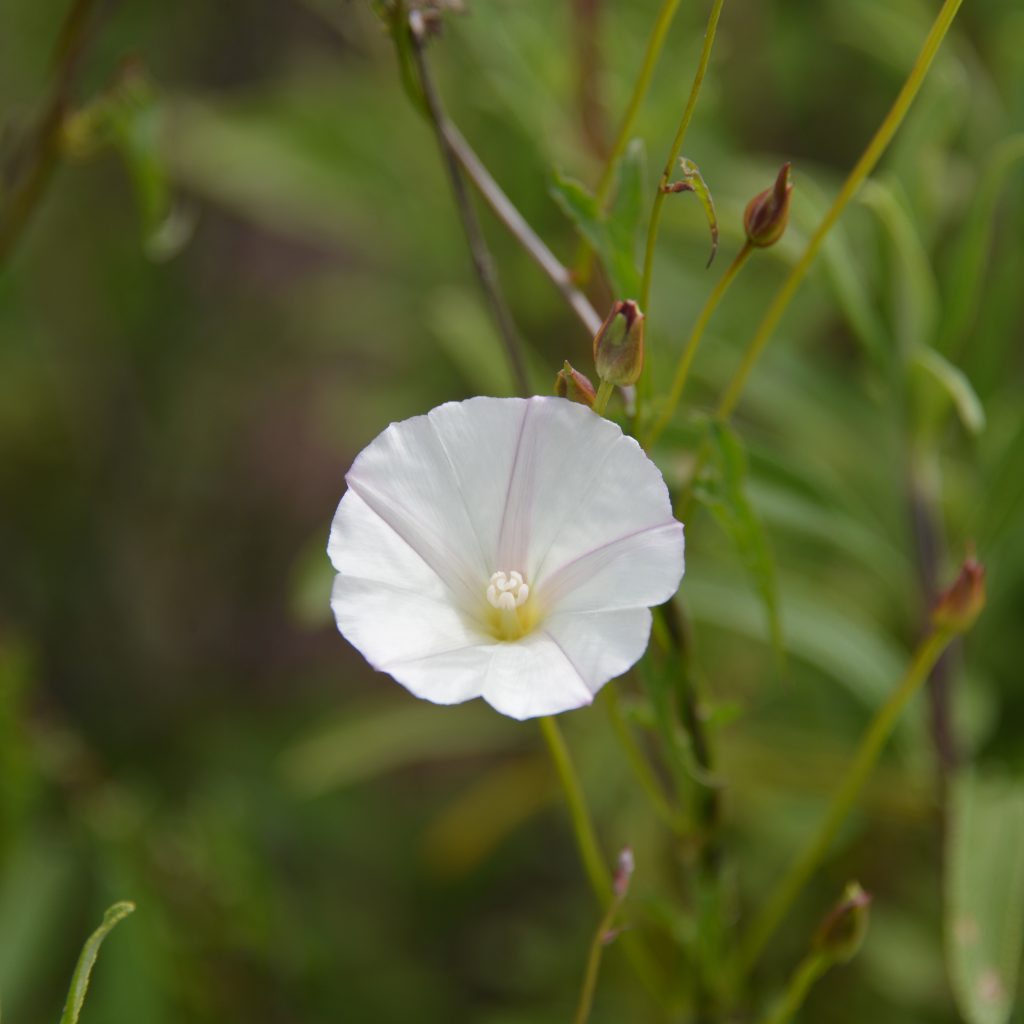
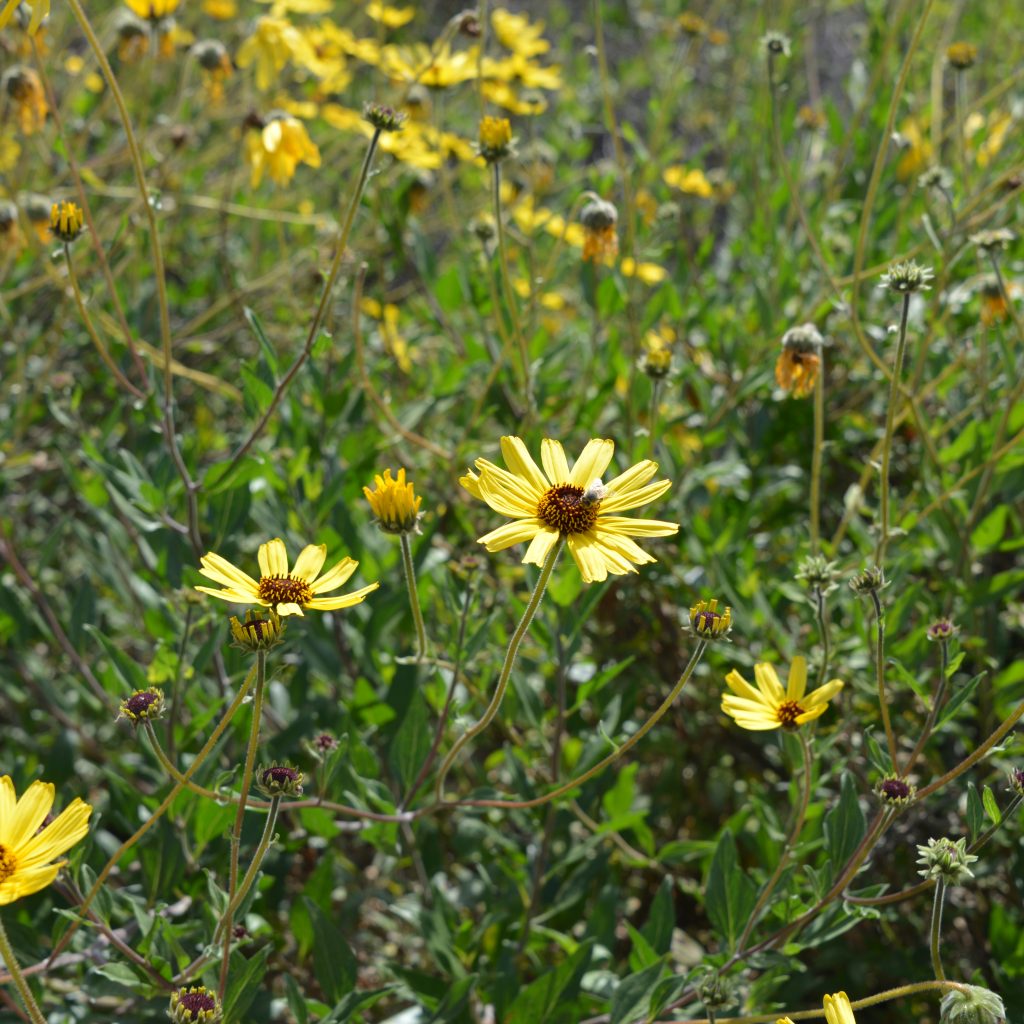
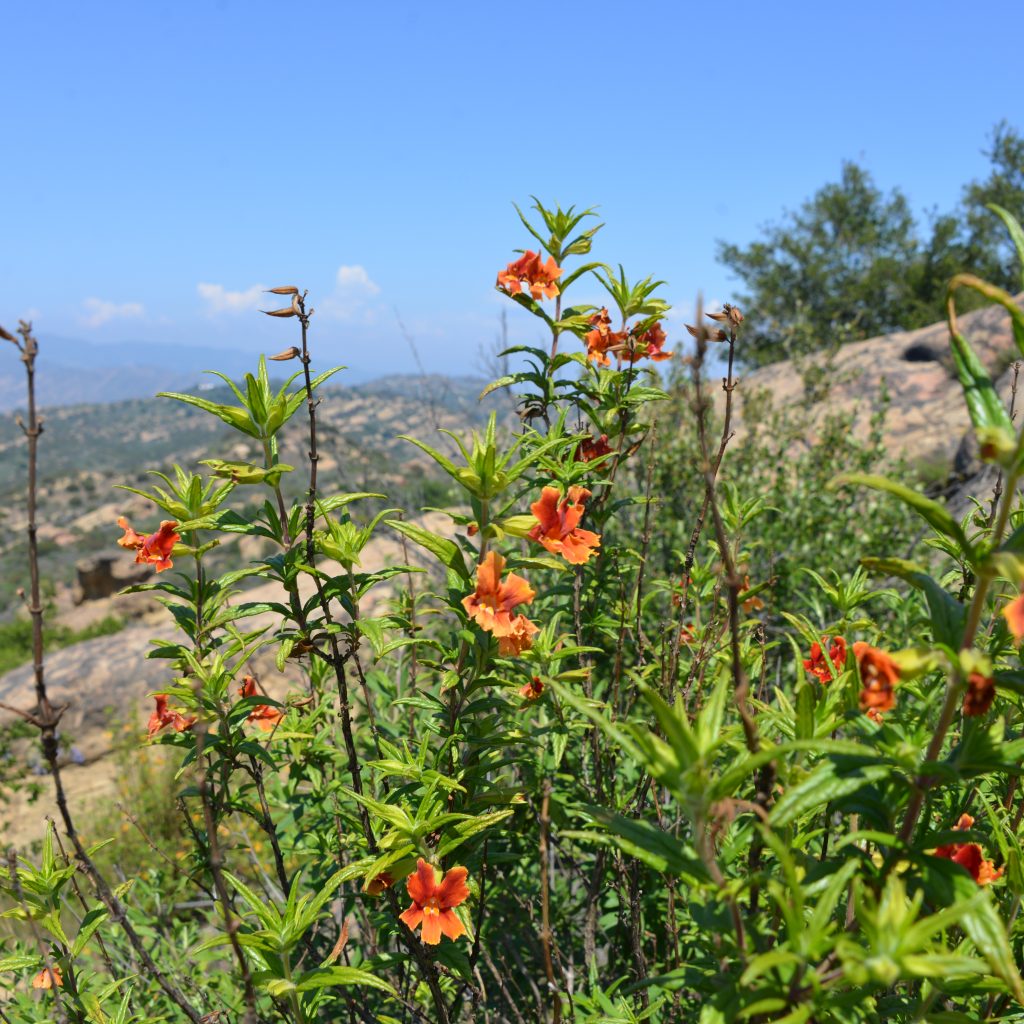
In addition to a bunch of cool and different plants, we also got to see some local wildlife! From birds of prey, to cute and small lizards. Some ducks were spotted in an area that had benefitted from the recent rains the area had just before we arrived. And then we had some wildlife come by and let us know they were less than thrilled with our presence in their neighborhood, like this squirrel who had A LOT to say, and loudly about us being there! And this red wing black bird who was very vociferous and followed us for a bit, scaring us away from whatever it was protecting.

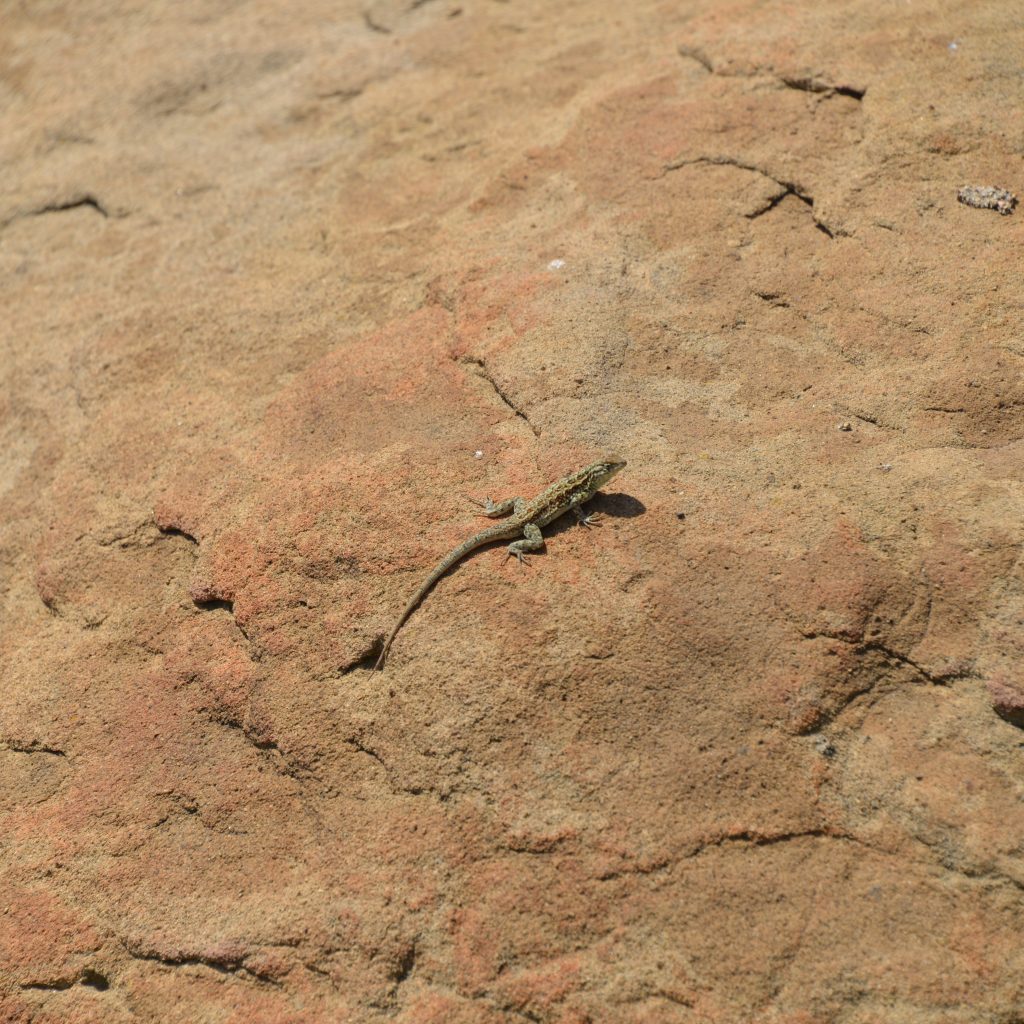

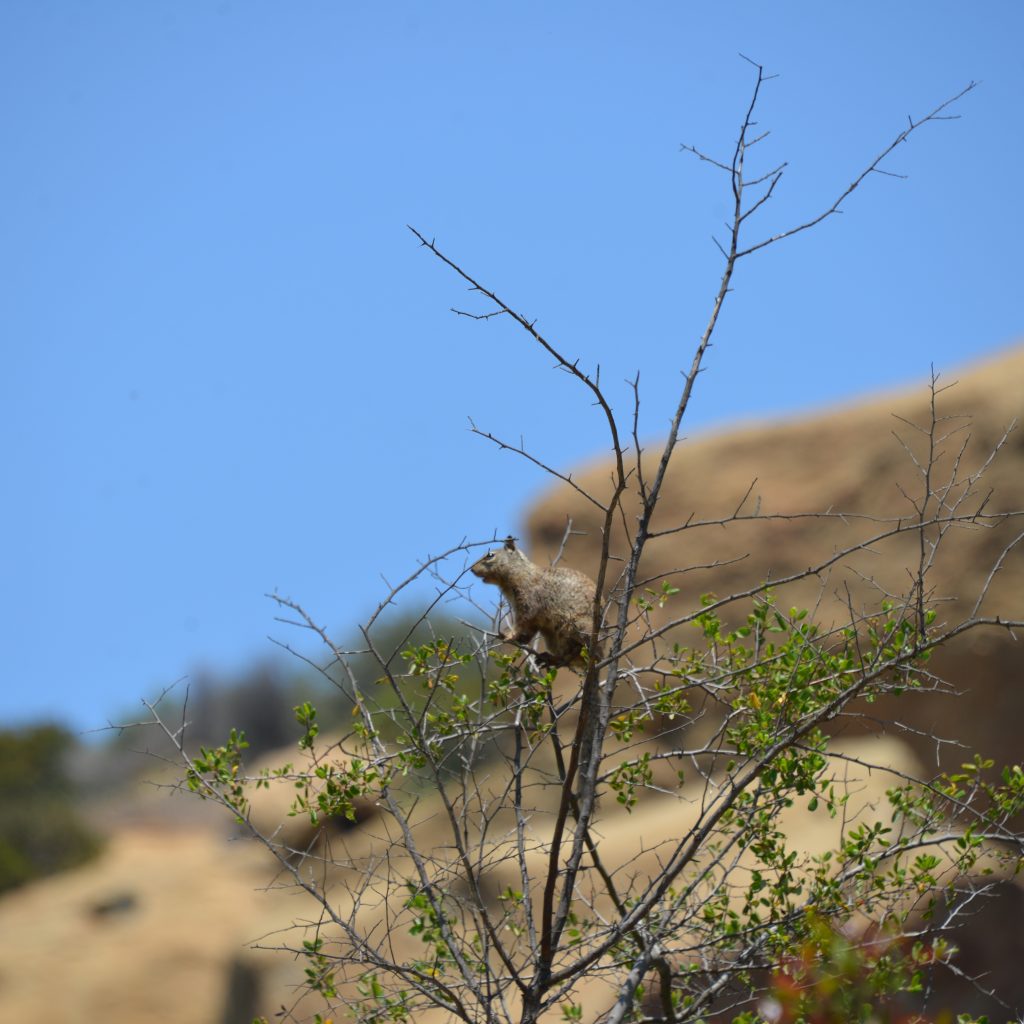
The Santa Susana Field Laboratory doesn’t only have really cool flora and fauna to show off, but it also has a ridiculously cool history. Long before this site was part of the State of California or the United States even a dream sparkling on the horizon, the land was home to the Tongva, Gabrielino, Tataviam, and Vanyumé tribes. Archeological finds on the site have been preserved and the area cordoned off, set aside specifically for the members of those tribes and, essentially, kept sacred for them. If only more places of such cultural significance could be treated in the same way. I did not photograph that area because I felt to do so would somehow diminish the sanctity of the area.
Fast forward a few thousand years to 1949 when the site became a place used mainly for the development and testing of rocket engines for the United States space program. Back in the day, the site would have been very busy and full of people and buildings. Some folks back then were pretty creative in how they placed their dwellings, the remnants of such place still stands today. The threshold of concrete, wood, and travertine tiles is still visible, even after all these years exposed to the elements. Once over the threshold, you see that the house was built directly into the rockface.
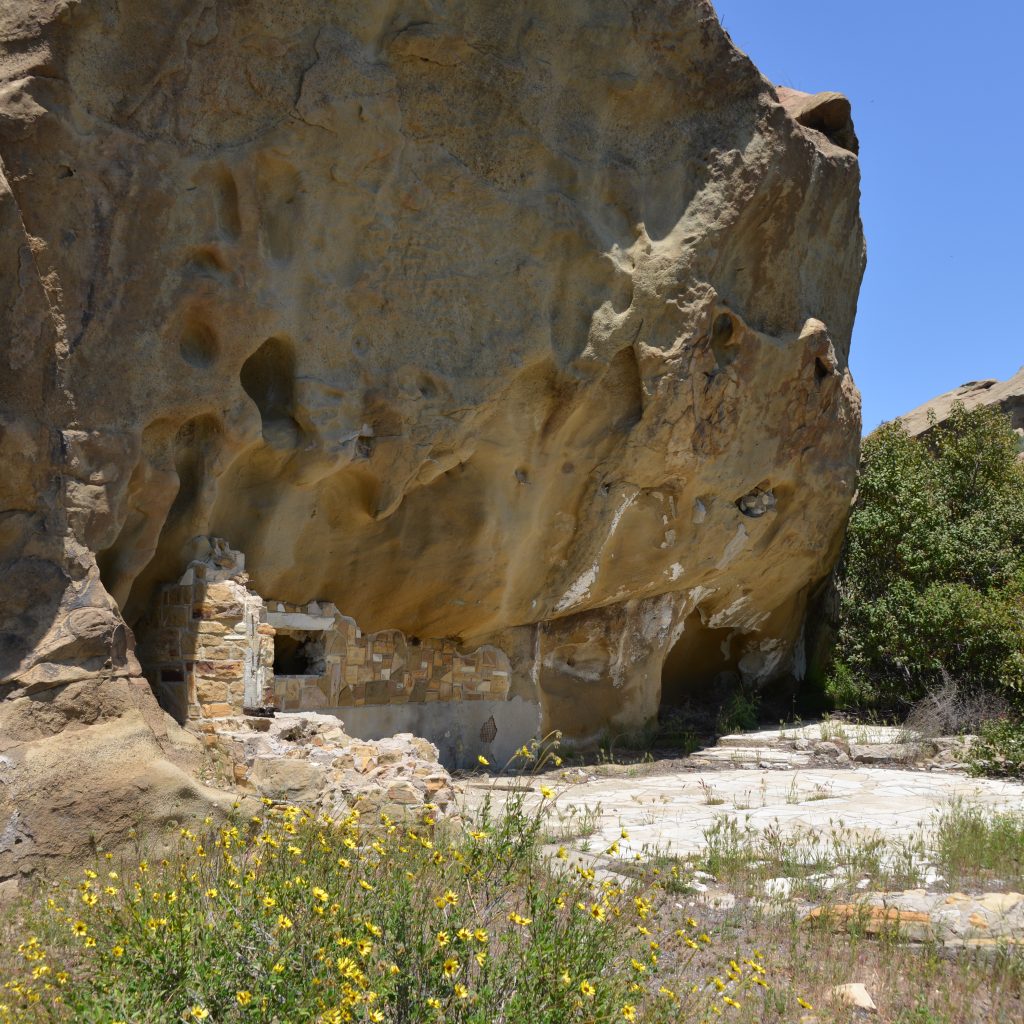
Naturally, in such a place, my imagination ran away with me! I stood there, drinking in the ruins of this place that must have, at one time, been quite the sight, and wondered what life would have been like for the people who lived there. What would they have been like? Did they ever invite people over for a dinner party or cocktail party? Did they ever think that their home that they worked so hard to create and maintain, would look like this one day; a small whisper of a time and a world long gone? I could have stayed in this spot all day mulling over such musing, but Wyatt and Chris had other ideas. We did, after all, have a monitoring job to complete, which daydreaming of times gone by wouldn’t help us complete!
Unfortunately, in addition to that cool and nuanced history, the land has also been subjected to wildfires in the past with the most recent one happening in 2018. The remnants of that fire can still be seen throughout the landscape today, whether it is a charred remain of a now deceased tree, or the charred bark on a tree like those shown below, the story of the land is told through the presence of what remains as much as what is no longer there.
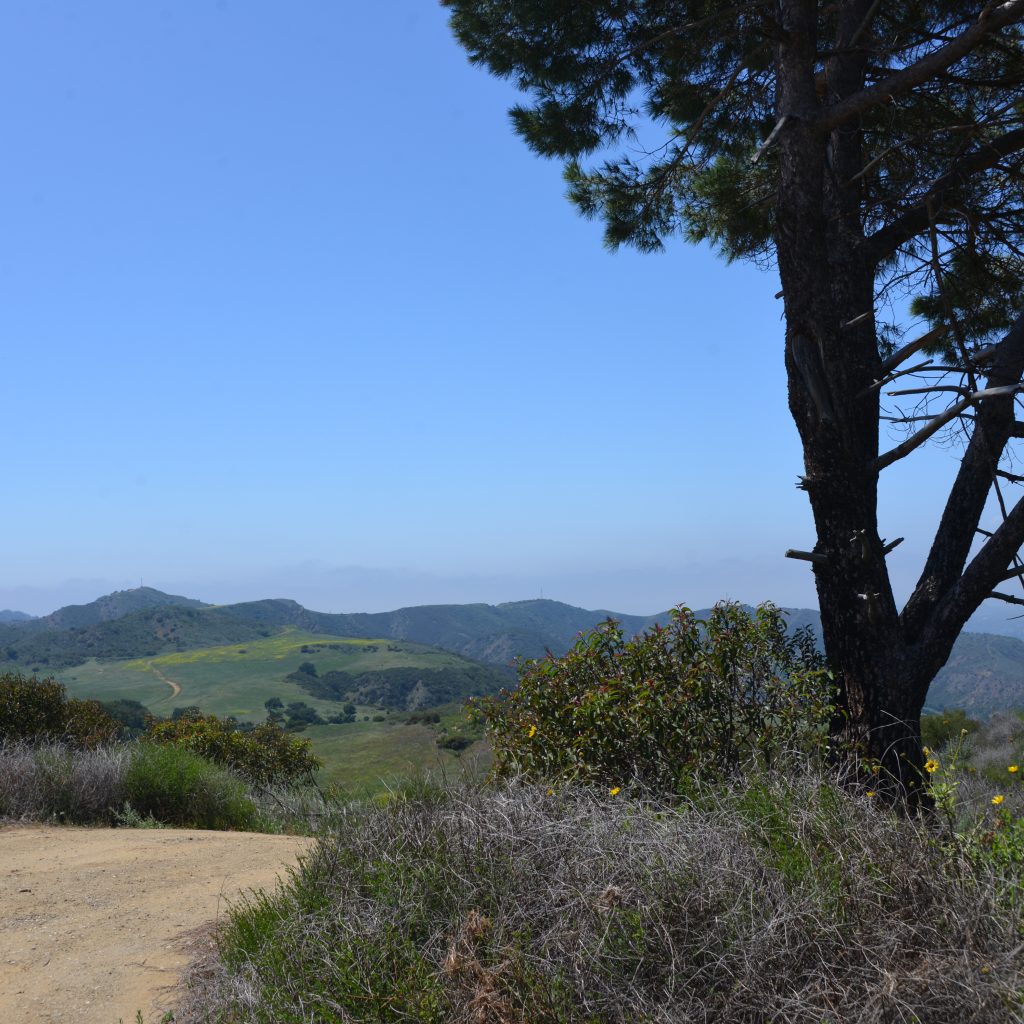
I could go on and on about how cool this day was and what an amazing land the Santa Susana Field Laboratory site is and how thrilled I am that it is permanently protected with a conservation easement, but I’ll spare you. I think part of the reason the day was so awesome is that I was with some pretty awesome folks, Wyatt Moyer (left) and Chris Dunn (right).
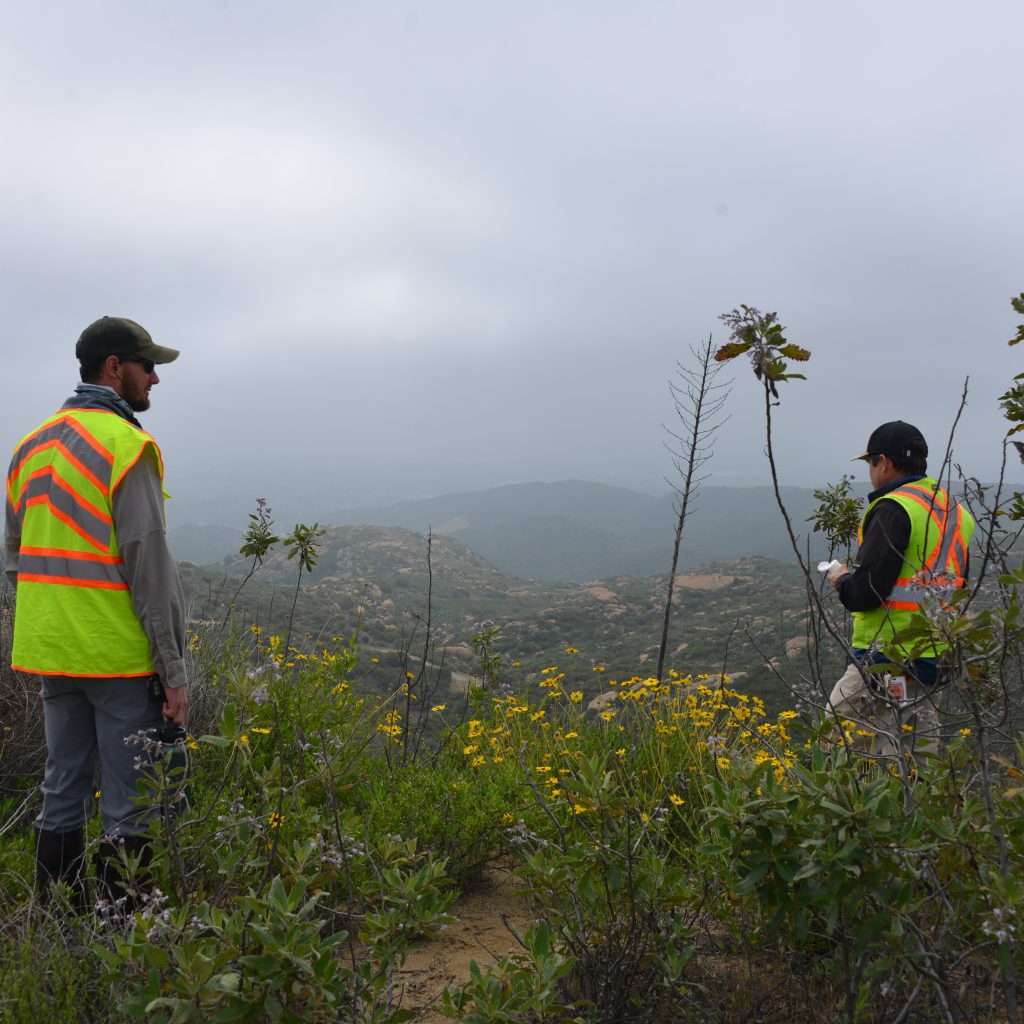
The following day, Boeing hosted a Nature Walk on the site, which was incredible. I was so busy learning even more things than I had the day before that I was a little lax in my photo-taking responsibilities!
The day was foggy and remained so for the walk, which cut down on the breathtaking vistas, but it did allow for a cooler temperature hike than a sunny day would have provided. We were told the following Saturday, the temps were in 90s! The people who showed up were prepared for such weather, though, and it sure didn’t dampen the spirits of those who attended! The fog also made it so we got see some things we wouldn’t normally see on a bright sunny day.
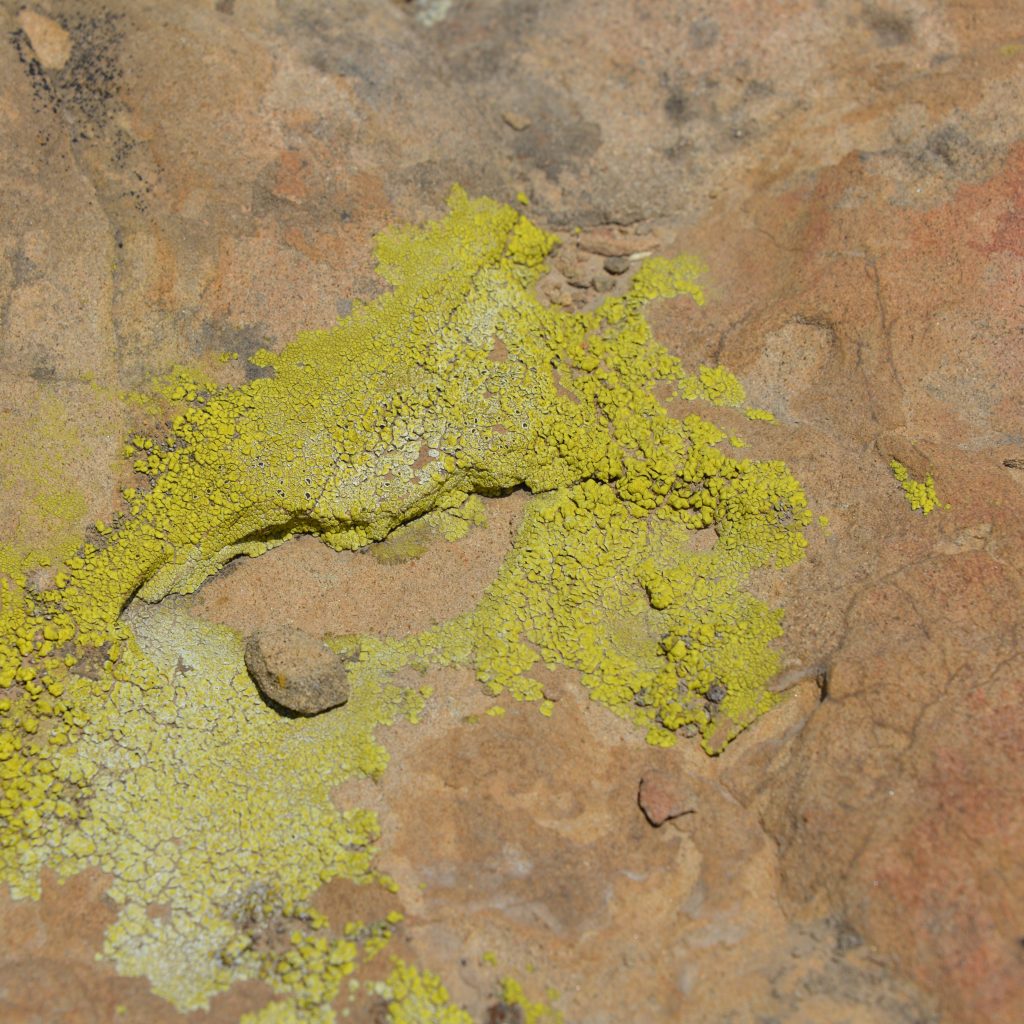
From the smallest lichen to the tallest, gnarliest trees, and everything in between, this site reminds us of not only how incredibly diverse our country’s landscapes are, but how important protecting those landscapes and being good stewards of the land is today and forever.
Forever is a really, really long time! So, if you’d like to help make sure NALT can continue to protect lands like this one now and forever, you can donate to us here: www.nalt.org/donate/.
Thank you for going along on this journey with me!


